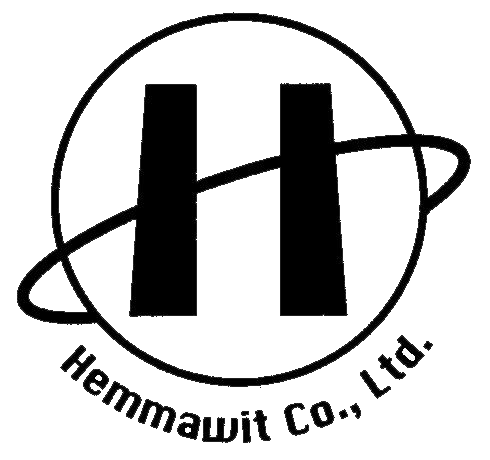By: Luis Cordova

Iron loss or iron core loss is a significant factor that affects electromagnetic steel sheets. Electromagnetic steel sheets are functional materials used as iron core material in many types of electrical equipment. Electromagnetic steel sheets used in electrical equipment must have excellent magnetic properties that differ from regular steel sheets. Iron loss decreases the efficiency of electrical equipment over time and impacts its usable lifespan. When iron loss is coupled with environmental exposure, electrical equipment can quickly fail. Research has shown that core loss is the leading cause of energy waste in rewound motors and can account for a 25% decrease in the motor’s efficiency. In other words, testing for iron loss or iron core loss is of extreme importance for manufacturers and suppliers of electromagnetic steel sheets.
Applications of electrical steel sheets.

Electrical steel sheets are available as grain-oriented and non-oriented for electrical equipment. The type of electrical steel sheet determines its application.
- Grain-oriented: An iron alloy steel sheet tailored to produce specific magnetic properties. Usually, the magnetic properties are in the direction of the roiling of the steel sheet. Typically, they are found in transformers and generators.
- Non-oriented: A steel sheet its magnetic properties going in all directions. These steel sheets are found in electric motors, compressors, and specific reactors.
Why is Iron loss so important and how can we test it?

In transformers, iron core losses are caused by the alternating flux in the core. While in motors, they are typically caused by heat, conversion of electrical energy to mechanical energy, and magnetic fields generated within. Iron loss is further divided into eddy current loss and hysteresis loss. Combined iron losses influence the efficiency, lifespan, and quality of electrical machinery. Thus, we can see that it is of extreme importance to test for iron loss to design and manufacture quality electrical equipment. Soken has developed the iron loss tester (IR-3) to meet many customers’ demands. The IR-3 is a simplified iron loss tester that gives accurate data on the iron loss of grain-oriented and non-oriented steel sheets. The IR-3 utilizes a probe to measure iron loss as w/kg or w/lb depending on the customer’s requirements. Measurement is conducted by simply inputting the thickness of the steel sheet and selecting the flux density. Flux density ranges from 1T, 1.5T, and 1.7T. The value of the flux density of the sample is adjusted automatically, and direct reading of the core loss is provided.
How does the Soken IR-3 work?
The IR-3 has a built-in U-shaped yoke integrated into the measuring probe. When the probe is on the steel sheet, the exciting coil creates a magnetic path through the yoke and the steel sheet allowing for data collection. The technology used in the probe eliminates or minimizes interference from the yoke. Ensuring only the core loss of the sample steel sheet is provided. To further reduce interference, the detecting coil employs winding towards the bottom of the yoke. Doing so allows for leakage from the magnetic flux to be minimized. Soken’s IR-3 is made with superior Japanese technology that other manufacturers cannot match. Soken’s IR-3 is used by many manufacturers globally as they recognize its reliability and capabilities to provide high-quality steel sheets to their end-users.
Why choose Soken?
Soken products are made by dedicated engineers who value Japanese technology and quality to support the testing industry. Globally, our customers recognize the superiority our products offer. When you choose a Soken product, you receive a globally recognized machine regarded for its quality, accuracy, and ability to outlast the competition.

Luis is a professional medical and technical writer with years of experience in the industry. Originally from Texas, he has resided in Thailand for many years. He has many years of experience in agriculture, research, and writing on various topics.

